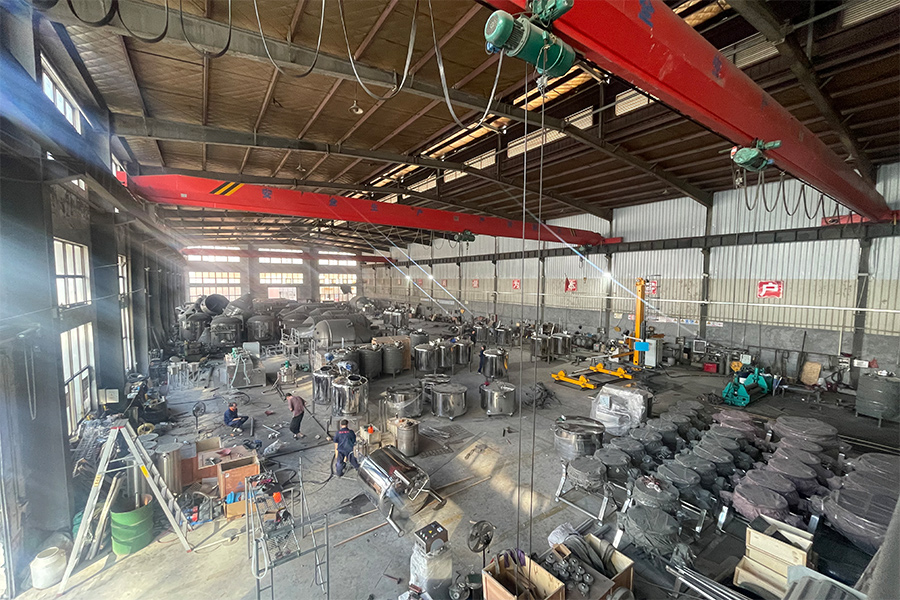-
 [email protected]
[email protected]
-
 +86-13706666922
+86-13706666922

A Double Wall Aqueous Ammonia Chemical Storage Tank is an important component in the storage and handling of aqueous ammonia, a chemical commonly used in various industrial processes. These tanks are designed with safety and environmental protection in mind, providing an effective way to store this reactive and potentially hazardous chemical.
Double wall aqueous ammonia storage tanks consist of two layers: an inner tank that holds the chemical and an outer tank that acts as a secondary containment barrier. This double wall design is intended to prevent leaks or spills from escaping into the environment, thus enhancing safety and regulatory compliance.
The tanks are typically constructed from materials resistant to aqueous ammonia’s corrosive nature, such as high-density polyethylene (HDPE) or other compatible polymers. These materials help ensure chemical compatibility and reduce maintenance needs by resisting corrosion and chemical degradation.
The space between the inner and outer walls is often monitored or can be fitted with sensors to detect leaks early, allowing for timely maintenance and preventing environmental contamination.
Aqueous ammonia is widely used but requires careful handling due to its potential risks, including toxicity and reactivity with other chemicals. The double wall storage tank design smalls the risk of accidental leaks or spills by containing the chemical within two physical barriers.
This containment approach helps protect workers, nearby communities, and the environment from exposure. In addition, the secondary containment system meets many regulatory requirements for chemical storage, helping companies adhere to environmental laws and safety standards.
The double wall tank also provides protection against external impacts and corrosion, which can compromise the integrity of a single-wall tank. The outer wall shields the inner tank from damage caused by weather, UV exposure, or physical impacts.
Double wall aqueous ammonia chemical storage tanks are used in various industries and processes, including:
Agriculture: For storing ammonia used as a fertilizer or in fertilizer production.
Water Treatment: Aqueous ammonia is used to control nitrogen compounds in wastewater treatment.
Chemical Manufacturing: Storage of ammonia as a reagent or intermediate chemical in production processes.
Refrigeration Systems: Ammonia is sometimes used as a refrigerant in industrial cooling systems.
These tanks support the safe and efficient handling of aqueous ammonia across these diverse fields.
Regular maintenance and inspection are important for double wall aqueous ammonia storage tanks to ensure continued safe operation. Monitoring the space between the walls for signs of leaks is a critical aspect of tank management.
Routine checks of valves, vents, and seals are also necessary to maintain the tank’s integrity and prevent emissions of ammonia vapors, which can be hazardous. Ensuring proper ventilation around the tank installation site is another safety measure.
Proper installation following relevant guidelines is essential to ensure the tank’s structural stability and containment capabilities. This includes appropriate foundation preparation, anchoring, and access for inspection and maintenance.
Double wall aqueous ammonia chemical storage tanks provide a secure and effective solution for storing aqueous ammonia safely. Their design emphasizes leak prevention, environmental protection, and regulatory compliance. Suitable for a range of industrial uses, these tanks help manage the risks associated with aqueous ammonia storage and support safe operational practices.







